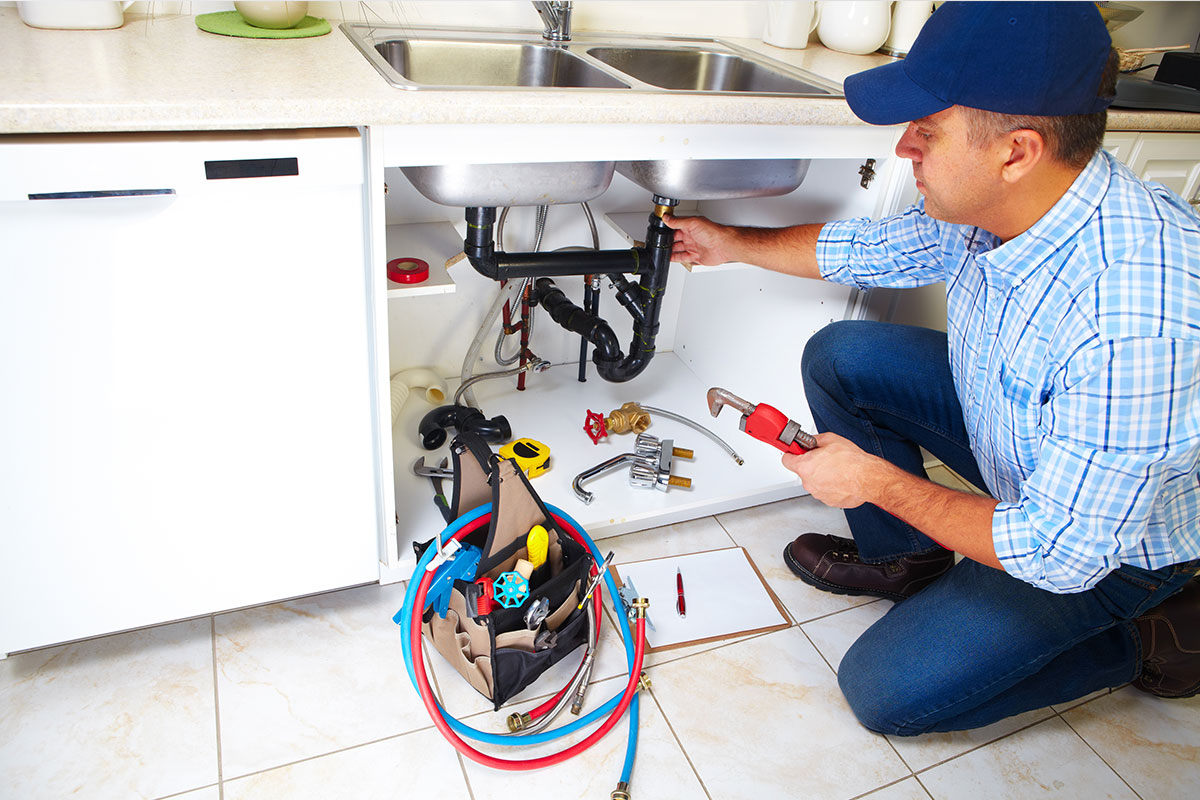While high water pressure can be beneficial in some situations, it can also pose several dangers and problems when it exceeds safe levels. Here are some of the dangers and issues associated with high water pressure:
Damage to Plumbing Fixtures: High water pressure can put excessive stress on your plumbing system, including pipes, faucets, valves, and appliances. Over time, this can lead to leaks, cracks, and even burst pipes, causing costly water damage and the need for repairs.
Wasted Water: High water pressure can result in more water being used for everyday tasks, such as washing dishes, showering, and flushing toilets. This not only wastes water but also increases your water bills.
Reduced Appliance Lifespan: Appliances like water heaters, washing machines, and dishwashers are designed to operate within a certain water pressure range. High water pressure can cause these appliances to wear out faster, leading to more frequent repairs or replacements.
Noisy Plumbing: Excessively high water pressure can create a loud and annoying “water hammer” effect, causing pipes to vibrate and make noise when water is turned on or off. This can be disruptive and is a sign of potential damage to your plumbing system.
Increased Risk of Leaks: High water pressure increases the likelihood of leaks at pipe joints and connections, including supply lines to sinks, toilets, and appliances. These leaks can go unnoticed for a long time, leading to mold growth and structural damage.
Reduced Water Heater Efficiency: If your water heater is subjected to high water pressure, it may have to work harder to heat water, reducing its efficiency and increasing energy costs.
Inconsistent Water Flow: Extremely high water pressure can lead to inconsistent water flow from faucets and showerheads. This can make it difficult to perform everyday tasks and can be frustrating for homeowners.
Safety Concerns: High water pressure can pose safety risks, particularly in showers. It can cause scalding if the pressure is so high that the temperature can’t be easily regulated. High pressure in fire sprinkler systems can also be dangerous if not properly managed.
Impact on Irrigation Systems: High water pressure in outdoor irrigation systems can lead to oversaturation, erode soil, and damage plants and landscaping.
To address the dangers of high water pressure, it’s important to monitor your water pressure regularly using a pressure gauge and consider installing a pressure-reducing valve (PRV) if the pressure exceeds safe levels. A PRV can regulate the water pressure entering your home, protecting your plumbing system and appliances. If you suspect high water pressure is causing problems in your home, consult a licensed plumber to assess the situation and recommend appropriate solutions.



